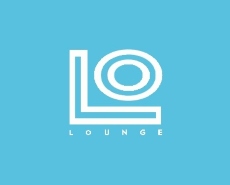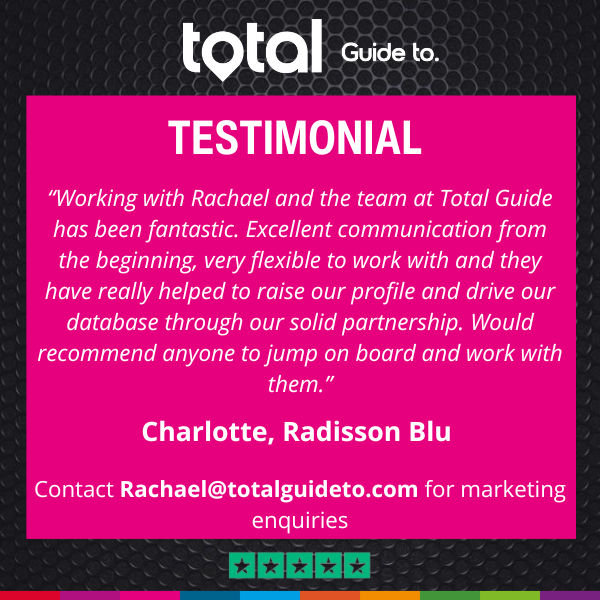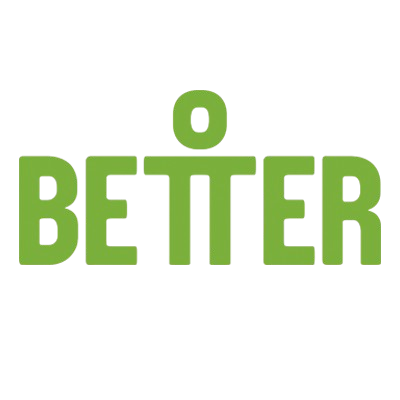In case you missed it see what’s in this section
Let's Talk
Design and Development Plan
The purpose of the design and development plan section is to provide investors with a description of the product's design, chart its development within the context of production, marketing and the company itself, and create a development budget that will enable the company to reach its goals.
What You'll Cover in This Section
The purpose of the design and development plan section is to provide investors with a description of the product's design, chart its development within the context of production, marketing and the company itself, and create a development budget that will enable the company to reach its goals.
There are generally three areas you'll cover in the development plan section:
-
Product development
-
Market development
-
Organizational development
Each of these elements needs to be examined from the funding of the plan to the point where the business begins to experience a continuous income. Although these elements will differ in nature concerning their content, each will be based on structure and goals.
The first step in the development process is setting goals for the overall development plan. From your analysis of the market and competition, most of the product, market and organizational development goals will be readily apparent. Each goal you define should have certain characteristics. Your goals should be quantifiable in order to set up time lines, directed so they relate to the success of the business, consequential so they have impact upon the company, and feasible so that they aren't beyond the bounds of actual completion.
Goals For Product Development
Goals for product development should center on the technical as well as the marketing aspects of the product so that you have a focused outline from which the development team can work. For example, a goal for product development of a microbrewed beer might be "Produce recipe for premium lager beer" or "Create packaging for premium lager beer." In terms of market development, a goal might be, "Develop collateral marketing material." Organizational goals would center on the acquisition of expertise in order to attain your product and market-development goals. This expertise usually needs to be present in areas of key assets that provide a competitive advantage. Without the necessary expertise, the chances of bringing a product successfully to market diminish.
Procedures
With your goals set and expertise in place, you need to form a set of procedural tasks or work assignments for each area of the development plan. Procedures will have to be developed for product development, market development, and organization development. In some cases, product and organization can be combined if the list of procedures is short enough.
Procedures should include how resources will be allocated, who is in charge of accomplishing each goal, and how everything will interact. For example, to produce a recipe for a premium lager beer, you would need to do the following:
-
Gather ingredients.
-
Determine optimum malting process.
-
Gauge mashing temperature.
-
Boil wort and evaluate which hops provide the best flavor.
-
Determine yeast amounts and fermentation period.
-
Determine aging period.
-
Carbonate the beer.
-
Decide whether or not to pasteurize the beer.
The development of procedures provides a list of work assignments that need to be accomplished, but one thing it doesn't provide are the stages of development that coordinate the work assignments within the overall development plan. To do this, you first need to amend the work assignments created in the procedures section so that all the individual work elements are accounted for in the development plan. The next stage involves setting deliverable dates for components as well as the finished product for testing purposes. There are primarily three steps you need to go through before the product is ready for final delivery:
-
Preliminary product review. All the product's features and specifications are checked.
-
Critical product review. All the key elements of the product are checked and gauged against the development schedule to make sure everything is going according to plan.
-
Final product review. All elements of the product are checked against goals to assure the integrity of the prototype.
Scheduling and Costs
This is one of the most important elements in the development plan. Scheduling includes all of the key work elements as well as the stages the product must pass through before customer delivery. It should also be tied to the development budget so that expenses can be tracked. But its main purpose is to establish time frames for completion of all work assignments and juxtapose them within the stages through which the product must pass. When producing the schedule, provide a column for each procedural task, how long it takes, start date and stop date. If you want to provide a number for each task, include a column in the schedule for the task number.
Development Budget
That leads us into a discussion of the development budget. When forming your development budget, you need to take into account all the expenses required to design the product and to take it from prototype to production.
Costs that should be included in the development budget include:
-
Material. All raw materials used in the development of the product.
-
Direct labor. All labor costs associated with the development of the product.
-
Overhead. All overhead expenses required to operate the business during the development phase such as taxes, rent, phone, utilities, office supplies, etc.
-
G&A costs. The salaries of executive and administrative personnel along with any other office support functions.
-
Marketing & sales. The salaries of marketing personnel required to develop pre-promotional materials and plan the marketing campaign that should begin prior to delivery of the product.
-
Professional services. Those costs are associated with the consultation of outside experts such as accountants, lawyers, and business consultants.
-
Miscellaneous Costs. Costs that are related to product development.
-
Capital equipment. To determine the capital requirements for the development budget, you first have to establish what type of equipment you will need, whether you will acquire the equipment or use outside contractors, and finally, if you decide to acquire the equipment, whether you will lease or purchase it.
Weather in Cardiff
Listings










